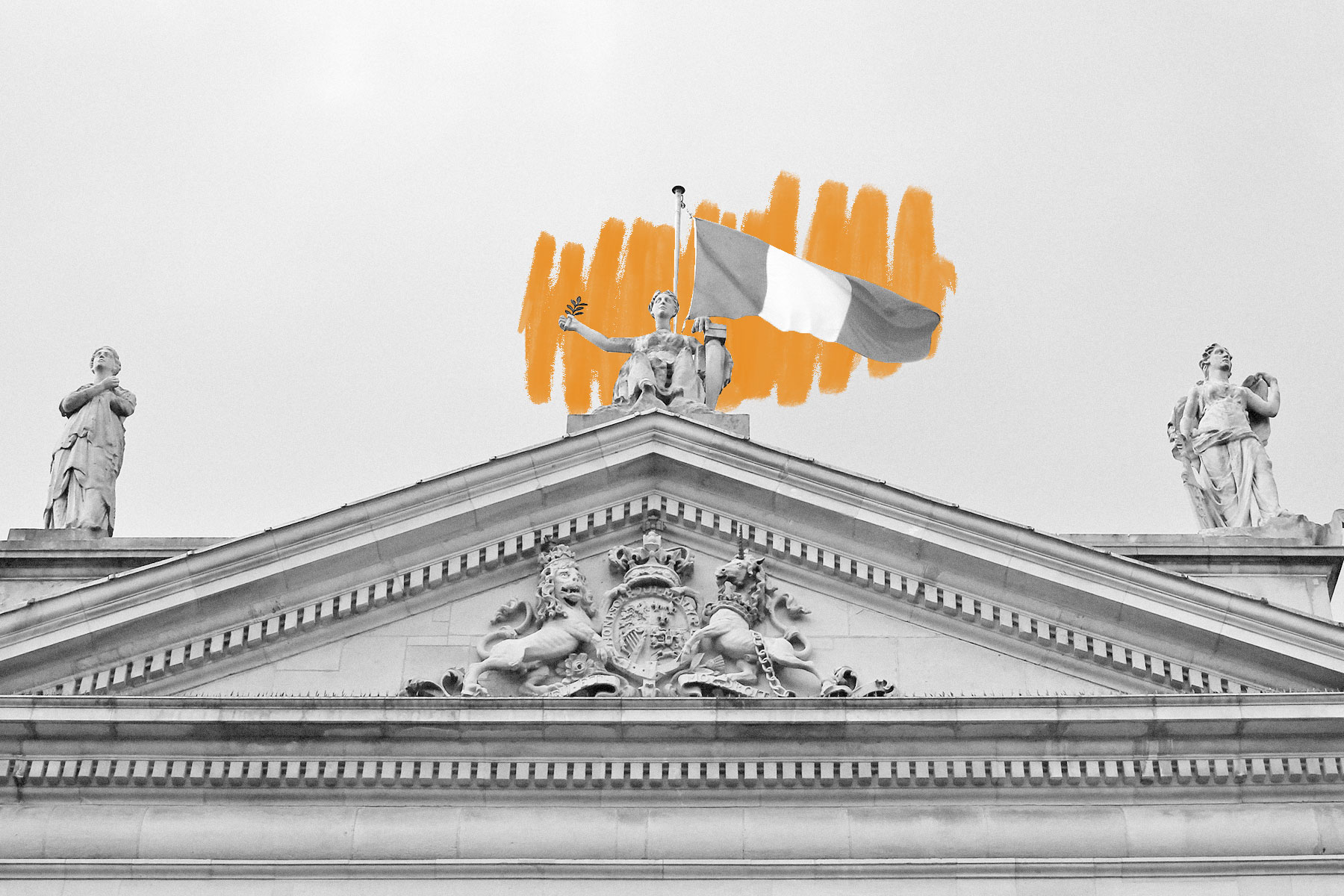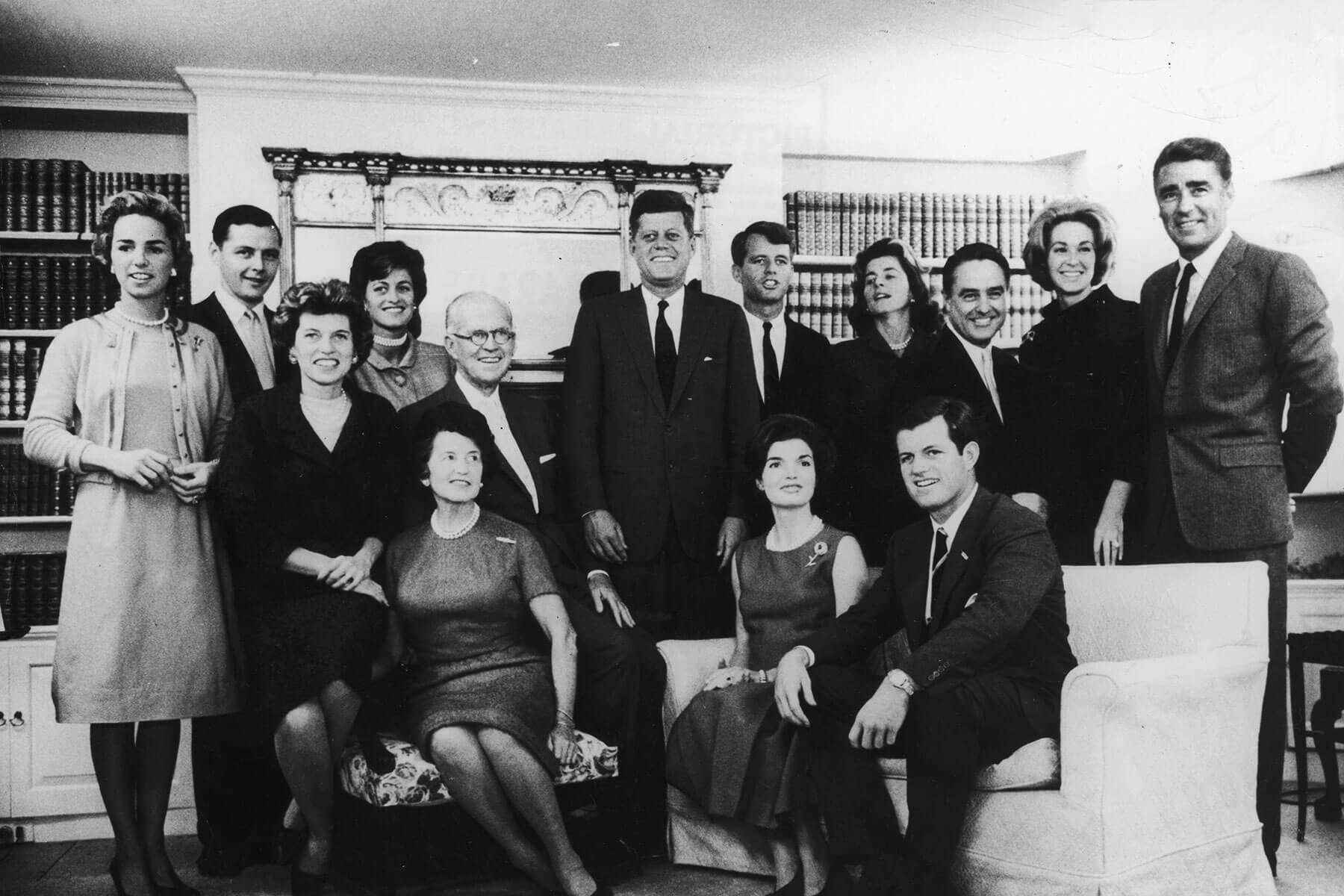"Dublin Time" might sound like a metaphor for enjoying a pint of Guinness, but it was once an actual time zone observed throughout Ireland. |
| |
| |
|
 |
|
| "D ublin Time" might sound like a metaphor for enjoying a pint of Guinness, but it was once an actual time zone observed throughout Ireland. Before clocks were standardized in Ireland and Great Britain in the late 19th century, local time was set by region, resulting in a whole lot of confusion. Almost every town kept their own time, determined by the location of the sun. To regulate the system, Ireland and the U.K. were given their own respective time zones under the Statutes (Definition of Time) Act of 1880 (even though Ireland was technically part of the U.K. at the time). For 36 years, Ireland's time zone, known as Dublin Mean Time, was 25 minutes and 21 seconds behind England, which followed Greenwich Mean Time (GMT), based on the location of the Royal Observatory in Greenwich, London. Dublin Mean Time was set according to the longitude of the Dunsink Observatory, an 18th-century astronomical observatory located just outside the capital. |
|
|
| However, because the economies of Ireland and England have long been codependent, the time zone differences created issues in travel, communication, and business, especially as both regions continued to grow with the Industrial Revolution. To mitigate these issues, business lobbyists urged the British government to change Ireland's time to be consistent with the rest of the U.K. The change went into effect with the Time (Ireland) Act on October 1, 1916 — just months after the Easter Rising in Dublin, part of the ongoing fight for Irish independence. The Emerald Isle made the switch to Greenwich Mean Time as daylight saving time came to an end that fall; the clocks in Ireland were set back 35 minutes instead of one full hour to accommodate the 25-minute difference and synchronize the two time zones. |
|
 |  |
|
| Thank you for supporting our advertisers! |
|
| |
|
 |
|
By the Numbers |
|
| Current time zones around the world | | | 38 |
| | | Countries that observe daylight saving time | | | ~70 |
| | | Countries that observe daylight saving time | | | ~70 |
|
|
|
| Years since mechanical clocks were invented | | | 750 |
| | | Countries and territories in the GMT zone | | | 21 |
| | | Countries and territories in the GMT zone | | | 21 |
|
|
|
 |
|
 | | Did you know? |
|
|
The United States began using time zones because of railroads. |
|
| Trying to catch a train in the mid-19th century was no easy feat: At the time, more than 144 local time zones were spread across North America. Before the invention of railway travel and train schedules, these slight time discrepancies weren't a big deal, but by the end of the 19th century, they were causing logistical chaos. To solve the schedule issues, four standard time zones were established across the continental U.S.: Eastern Time, Central Time, Mountain Time, and Pacific Time. The railway industry initiated the change, which was enacted on November 18, 1883. Due to the importance of the railroads, the federal government eventually followed suit. In 1918, the Standard Time Act made these time zones official, and also established daylight saving time. |
|
| Thank you for supporting our advertisers! |
|
| |

















0 comments:
Post a Comment